News from Rich Hoyer, happily riding things out at home.
I was actually planning on being home for most of April and May anyway, looking forward to spending time in my new home and yard. I have plans on making my residential Eugene garden more friendly for wildlife, as well as preparing for a summer of growing as much of my own food as possible – even before I knew I might be spending the rest of the year at home and needing to lower my monthly food bill. I’m already well on my way to having a full freezer and pantry of canned food this coming fall, barring any catastrophes.
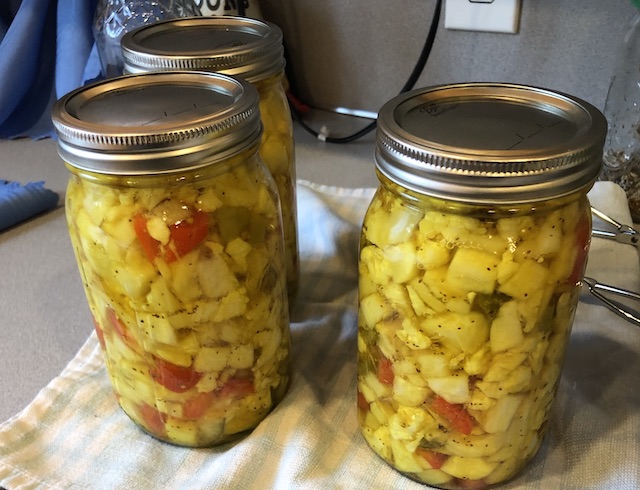
The previous owners had already planted fruit trees and berries as well as lot of perennials beneficial to our many species of native pollinators. There were several clumps of sunchokes, doubling as food native bees and humans, and one clump offered up 25 pounds of roots this winter. But with the warmer spring weather, they were starting to sprout, so I quickly put 3 pounds of them up as pickles.
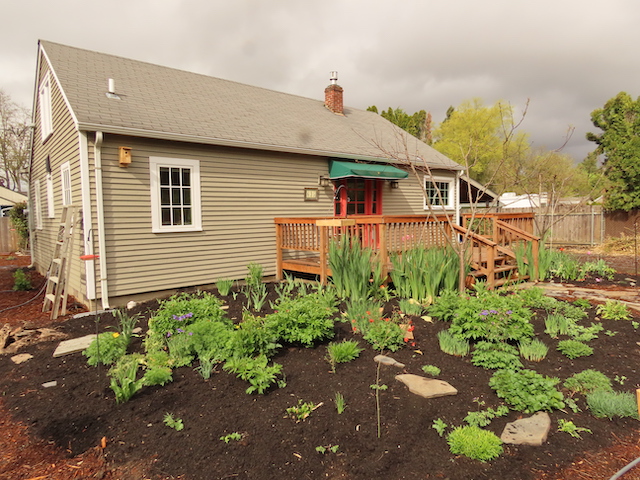
I added several nest boxes, a bat box, and have sunk over 50 native plants into what used to be lawn and will someday be something resembling a native brushy prairie.
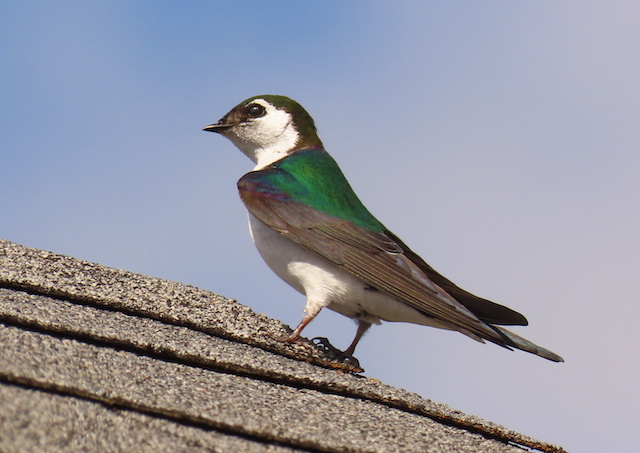
It was exciting to see the first returning Violet-green Swallows in early March and even more exciting to see that a pair has exhibited great interest in one of the boxes I made and put on the east side of the house in the past week. I find that its beauty rivals that of any other swallow in the world.
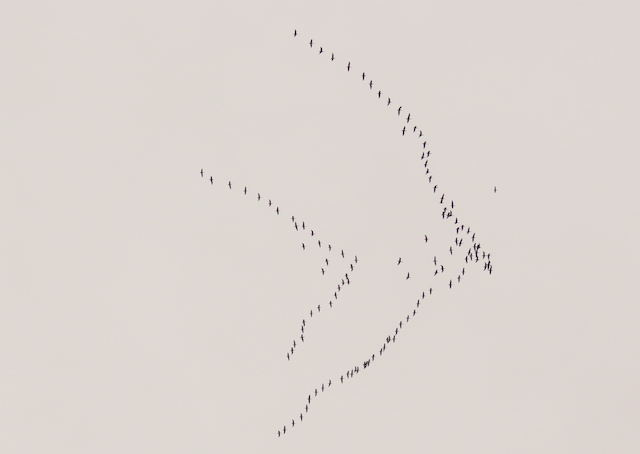
I also planned ahead to be home during the exciting time of spring migration, building up my new yard list. I’m adding birds almost daily. Flocks of Greater White-fronted Geese en route from their staging area in the Klamath Basin to Alaska flew right over my yard starting on April 19, becoming species number 90 on the list.
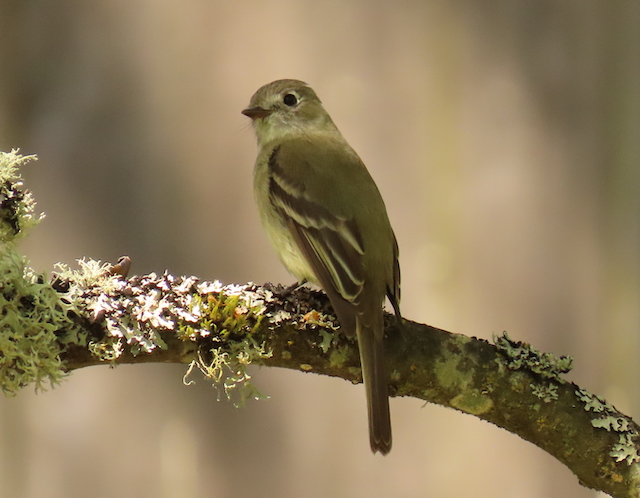
Four days later a most obliging Dusky Flycatcher, a rare migrant in western Oregon graced my and my neighbor’s yard, becoming number 95. 100 is well within sight.
